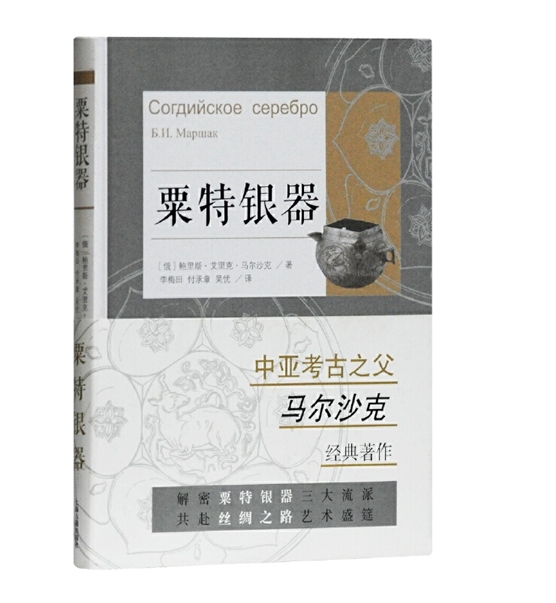Sogdian silverware key to studying Tang silverware

Sogdian Silver
The ancient Sogdians lived near the Amu Darya River and the Syr Darya River in Central Asia. The Sogdians were known as merchants, translators, preachers and artists along the ancient Silk Road, and they brought the fruits of cultural exchange to all parts of Eurasia. From the 3rd to 8th centuries, the Sogdians came to China in large numbers along the route, and many of them settled in China. Silverware was the most representative type of cultural utensil created by the Sogdians. Until now the Chinese archaeological community has mainly focused on the funeral customs and images associated with Zoroastrianism characteristic of the Sogdians who came to China. Not much attention has been paid to their silverware.
There are many unearthed Sogdian forms of silverware in China. The most famous among them are those found within the Hejiacun cellar. They are representative of the glorious age of the Tang Dynasty (618–907), and the best embodiment of Chinese localization of Sogdian silverware. Qi Dongfang, a professor from the School of Archaeology and Museology at Peking University, pointed out that the Sassan culture, the Sogdian culture, and the Byzantium culture were the three foreign cultures that impacted Tang goldware and silverware the most. Furthermore, Sogdian silverware was the most closely related to Tang silverware.
Boris Marshak (1933–2006), a well-known Russian archaeologist, studied the Sogdian culture with his wife I. Popova in the site of Panjikent for 50 years. He was praised as “the father of archaeology in Central Asia” in academic circles. Marshak’s signature work, Sogdian Silver, has continued to exert its influence on the international academic community since it was published in Russian in 1971. In May 2019, the Chinese version of Sogdian Silver was published. In the book, Marshak sums up the contents of Sogdian silverware in pictures and texts. He conducted the research from the perspective of the archaeology and art history of Central Asia and made subtle interpretations of each artifact.
Marshak identified three genres of silverware in the Sogdian region and analyzed their relationship with art forms from Iran, Central Asia, the Chinese Tang Dynasty, prairie ethnic groups, India, the native Sogdians’ neighboring countries in the south, Byzantium and Syria, and early Islam. He creatively proposed that School A exhibits the style of Sassan and Central Asia, School B is typical of itself and its surrounding areas, and School C is influenced by the Tang style.
The artistic style and manufacturing techniques of Sogdian silverware also influenced the creation of handicrafts made from other materials. For example, chinaware from the Tang Dynasty to the Northern Song Dynasty (960–1127) contained a wide range of metal elements, which might have been influenced by Sassan and Sogdian silverware.
edited by YANG LANLAN
